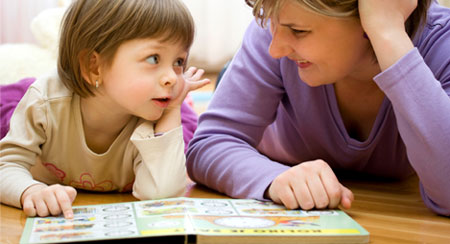Special education schools aim to develop a comfortable and secure classroom environment that offers various learning opportunities for special students to utilize. This often includes the use of critical learning tools that promote social development and academic progress in students.
Although the purpose of such tools is to inculcate vital skills in students, the information can also be utilized by parents while selecting the ideal special education school for their child.

So, the next time you visit a special education school in NYC, some items that you might encounter in a special education classroom are-
Sensory Toys
The use of sensory items such as fidgets, wiggle seats and therapy balls is an effective way to target sensory skill development in special students, and help them gain better control over their environment.
Fidget toys engage children in hands-on activities which promote self-regulation, focus and tactile awareness in special students. This is beneficial especially for children with ADHD (Attention Deficit Hyperactivity Disorder) which affects their ability to concentrate and pay attention.
Moreover, children with sensory processing disorder have difficulty in receiving and responding to information that comes through their senses, and often need to feel intense outside sensations. Sensory toys offer quick and repetitive sensory response to children and help them calm down and focus their attention. Some effective sensory toys are light up toys, finger paint, and mini trampolines.
Visual Timers
Another item that should be a part of every special education classroom is a visual timer. The use of timers allows special educators in following classroom schedules and managing activities that suit the different learning needs of special students.
Visual timer is also effective in assisting children with autism to make transitions from a preferred activity to an unpleasant one and vice versa. Moreover, it encourages confidence, independence and natural capabilities like visual thinking in special students.
Manipulatives
Hands-on manipulatives are a critical learning tool for students in all classrooms. Many educators believe that learning is enhanced when children acquire knowledge through active processes that engage them.
The use of manipulatives allows students to physically investigate a math problem and reach a solution through concrete experiences of abstract reasoning. Manipulatives can be the key in providing effective, active and engaging lessons in teaching mathematics to special students.